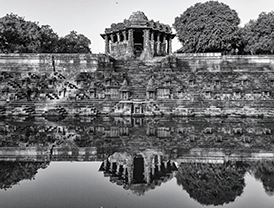
Ajay Sood (Travelure) is an accomplished travel photographer and a travelogue writer. His sole objective is to make the destinations he covers desirable. He has been profiled as Mastercraftsman in Smart Photography (May 2012). He was on the jury of Canon Photomarathon 2012. He is also an assignment photographer for National Geographic Traveller.
He is a Canon Photo Mentor. Besides mentoring photography workshops, he leads photo-tours and contributes travelogues and features to various publications. He has a passion for capturing the sights, sounds and stories of places he visits. He has travelled across India extensively and to over 20 countries across the globe.
His 27 years in the communication industry have been his training ground, leading to his deep understanding of the visual medium, reflected in his unique compositions. More of his work may be seen at www.facebook.com/travelure
‘Winner of Grab Your Dream Season 2’ photo contest organised by Cox & Kings and EzeeGo
These twins were born a millennium apart and they hardly look identical! I refer to Ahmedabad-Gandhinagar – the most improbable of the twin cities in India. Ahmedabad came about in the 11th Century as Ashaval (or Ashapalli), while Gandhinagar was designed, planned and developed by two Indian assistants of Le Corbusier (made famous in India as the architect of Chandigarh).
I visited the city in January for the 13th Pravasi Bhartiya Divas (PBD) celebrations. They were special this year as 9th January 2015 marked the 100th anniversary of the return of Mahatma Gandhi from South Africa. Given the landmark nature of the occasion, PM Narendra Modi had released couple of stamps and Rs.100 coins to mark Mahatma’s return from South Africa.
I was staying in Ahmedabad while these celebrations were held at recently built Mahatma Mandir in Gandhinagar. This was my second visit to the city and I did not remember much about the city from my first visit.
My first impression of Ahmedabad was of chaos. Though the city roads are nice, the traffic is unduly aggressive. There is little tolerance and consideration shown by people on the roads. Paradoxically, Gandhinagar traffic is far better regulated.
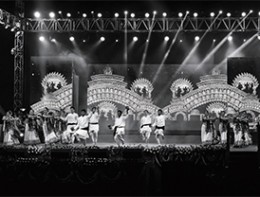
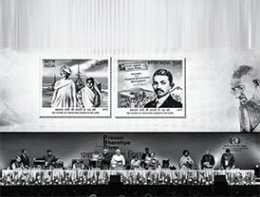
Given the limited spare time I had to take in the city, I planned to visit select sites in and around Ahmedabad-Gandhinagar. The Mahatma Mandir complex that has been developed to play host to mega conventions, conferences and exhibitions impressed me. Its sheer scale was breathtaking.
The prominent water bodies in the city have been beautified better than the ones in other big cities. Here I refer to the well-kept riverfront of Sabarmati, developed á la Seine, and the banks of an imposing Kankaria Lake. These looked even better in the night with stunning illumination that may not be routine and may have been put up for couple of mega events the city was hosting – the PBD and ‘Vibrant Gujarat’.
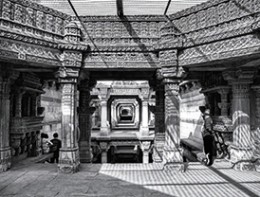
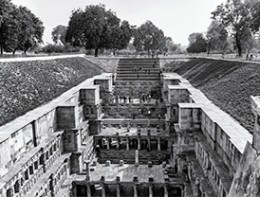
Multi-cultural influence on the city is evident in Solanki and Vaghela period landmarks, Dutch tombs near Kankaria Lake, or the Mughal influence in the walled city. At the same time, the influence of freedom movement stalwarts like Mahatma Gandhi or Sardar Vallab Bhai Patel is equally evident. Adalaj, a step-well from the Vaghela era, is elaborately decorated with exquisite carvings displaying motifs like fighting elephants, some Hindu Gods, lions, tridents etc. Over the centuries, it has also developed a reputation as a ‘wishing well’.
Not far from the twin cities, in the towns of Modhera and Patan, you will find two more stunning architectural marvels from the past – the Sun Temple (Modhera) and Rani ki Vav (Patan).
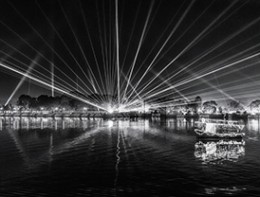
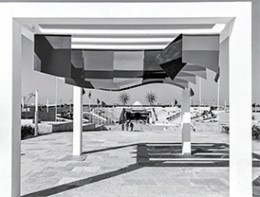
While Sun Temple was built by the Solanki rulers in 11th century, complete with a pure gold idol of their family deity, Sun, the idol and all the gold here was plundered by Mohammad Gazni and the temple was destroyed to a degree by Allauddin Khilji. Despite these ravages, the remaining structure still reflects the glory and grandeur of the temple that was. The stone carvings are intricate and delicate; the 52 pillars supposedly represent the 52 weeks of the year; and the step-well called Suryakund is a gorgeous example of geometry and art.

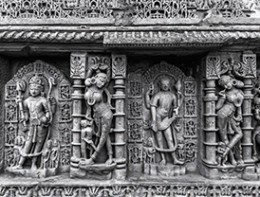
Rani ki Vav is considered to be the most magnificent among step-wells in India. This 64-metres long stepwell may not be the largest but the sculptures here surely are impressive. The theme of these carvings is the Dashavtar of Lord Vishnu and includes even his incarnation as Buddha. Additional sculptures include Nagkanyas, Apsaras and monks. The most impressive sculpture here is of Vishnu resting on Shesh Shaiyya. At the base of this step-well, there is also a 30-kilometer long tunnel (now blocked by stone and mud) that led to Sidhpur and was a planned escape route in defeat.

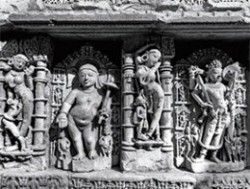
If and when you plan a visit to these twins cities, do remember this important survival tip as Gujarat is a ‘dry’ state – if you enjoy your sundowner, please visit one of the many permit liquor shops in the city that cater mostly to travellers and charge a meagre amount of Rs.70 for making a drinking permit that is valid for a week. These shops are also permitted to sell liquor to visitors with a permit and while there, do try the vegetarian local delicacies like ‘Haandwa’, ‘Khakhra’, ‘Ganthia’, ‘Dhokla’ etc. |SP

